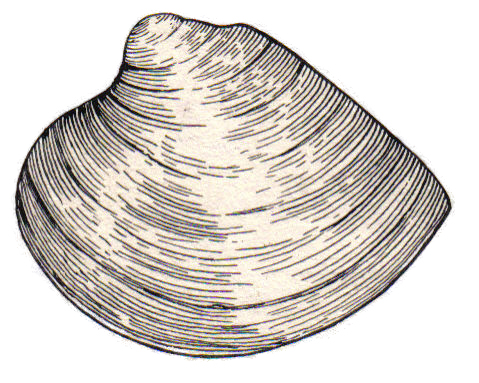Clamshells may provide the most fascinating detailed record
July 2010
By Virginie Noel
 Paleo data come from natural sources, such as tree rings, ice cores, corals, as well as, ocean and lake sediments. These data extend the archive of weather and climate back hundreds to millions of years.
Paleo data come from natural sources, such as tree rings, ice cores, corals, as well as, ocean and lake sediments. These data extend the archive of weather and climate back hundreds to millions of years.
Most measures of palaeoclimate provide data on average annual temperatures; however, changes in seasonality have more meaning than annual temperature. A recent study, using shells, was able to reconstruct temperatures on a sub-weekly resolution. The scientists were able to determine changes in average annual temperatures and even how these changes affected specific summers and winters.
Scientists used a robotic sampling device to shave thin slices from each layer of a shell’s growth bands. These were fed into a mass spectrometer, which measured the isotopes in each layer. From this, they could calculate the conditions under which each layer was formed. Colder the water is associated with greater amounts of heavy oxygen isotopes.
Another study to verify assertions in historical Icelandic sagas describing the weather reveal a number of climate changes recorded by historians, but also according to shells. This new technique will help climate modelers to improve their understanding of seasonal effects in the North Atlantic. The process may has the potential for revealing past processes in unprecedented detail.
The study will be able to study to the end of the last ice age!
Reference
http://www.nature.com/news/2010/100308/full/news.2010.110.html?s=news_rss

Comments are closed.